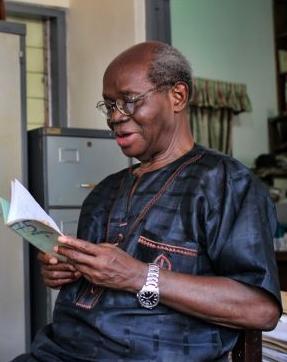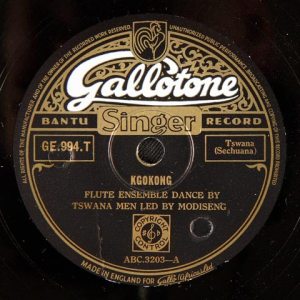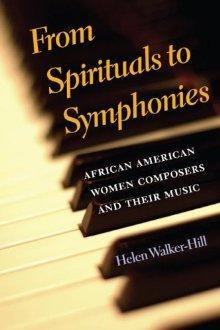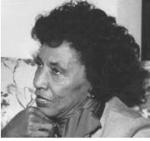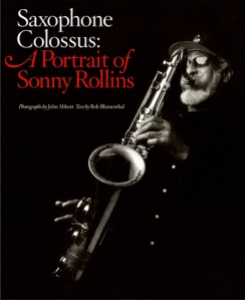Having served as a beloved anthem during the folk music revival of the 1950s and 1960s, Kumbaya now serves as an easy punch line in jokes about naïve idealism. Various theories regarding its provenance have circulated, including a report that it was collected by missionaries in Angola and a claim by Marvin V. Frey that he composed it in 1939.
Archival documents at the American Folklife Center illuminate the real story. The earliest known evidence of the song is in a manuscript sent by Julian Parks Boyd to the Archive’s founder, Robert W. Gordon, in 1927; Boyd had noted it from a former student the previous year (transcription above; click to enlarge). The song’s structure matches that of Kumbaya, and its refrain is “Lord, come by here”. Further archival evidence demonstrates that the song was well known among African Americans by the 1940s, and that dialect performances gradually transformed “come by here” to “kum ba ya”.
This according to “The world’s first Kumbaya moment: New evidence about an old song” by Stephen Winick (Folklife Center news XXII/3–4, pp. 3–10). Below, Joan Baez performs Kumbaya in France in 1980.
Related articles
- Lead Belly and the folklorists (bibliolore.org)
- Pete Seeger, filmmaker (bibliolore.org)
- How Cooke heard America singing (bibliolore.org)
- Globalization of the Rising Sun (bibliolore.org)



